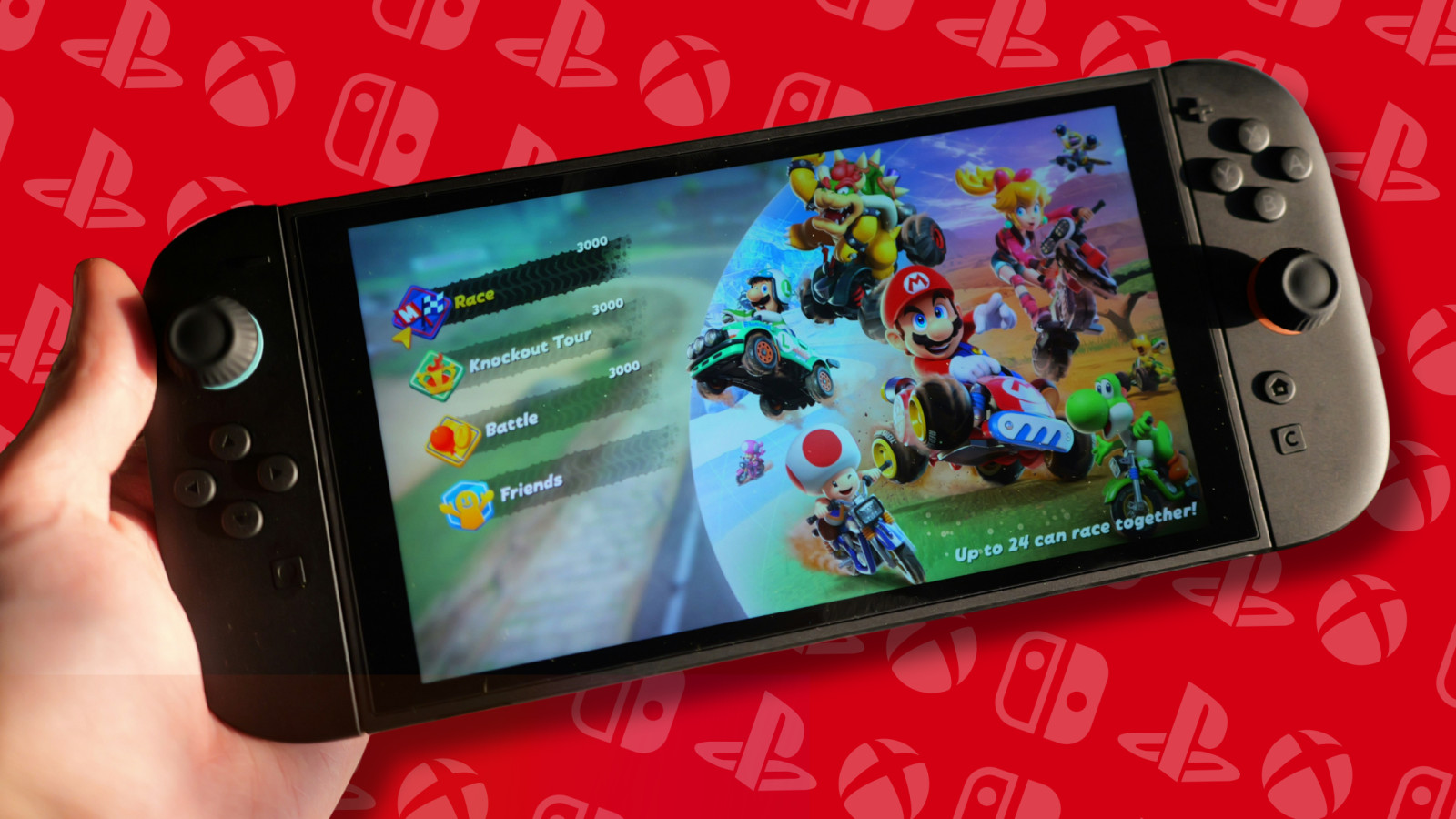The case for flexibility: What the Switch 2’s success signals for other handhelds


When Nintendo announced the Switch 2 would release this year, it had big shoes to fill. Its predecessor has become one of the best-selling consoles in history; surpassed only by the PlayStation 2 and Nintendo DS in total sales. While this legacy meant it was safe to assume the new console would find success, whether it could match the soaring heights achieved by the original Switch was another question entirely.
This doubt was especially understandable considering the different contexts affecting both consoles’ sales. For instance, government-imposed lockdowns during the pandemic acted as a catalyst for many to purchase a Switch, extending the console’s lifespan and reigniting global interest.
By contrast, the Switch 2 launched under less-than-ideal circumstances. A global cost-of-living crisis, coupled with supply chain volatility and uncertainty driven by tariffs, does not make for the most favourable environment for luxury purchases.
Two months post-launch, it's clear the Switch 2 has been a resounding success. In fact, the console has become Nintendo’s most successful release ever, even breaking the previous record for highest first month unit sales for video game hardware, a record previously set by the PS4 since 2013 (via ScreenRant). However, the Switch 2 still has a long way to go to surpass the more than 150 million units sold by its predecessor. It’s a figure that may be hard to reach given that the original Switch also benefited from something the Switch 2 lacks: an empty playing field.
New kids on the block
By the time the first model launched in 2017, Nintendo had essentially cornered the market on handheld consoles. Its closest competitor in the market was the PlayStation Vita, which had seen little support since 2014. This meant that when the Switch launched, aside from a few boutique indie options, it was the only player in town.
Despite this, critics were quick to point out that, compared to the PlayStation 4 and Xbox One, the Switch was underpowered. This criticism was amplified by the lukewarm reception of Nintendo’s previous home console, the Wii – though it’s worth noting that the company’s last handheld, the 3DS, performed well in terms of sales.
Featured Report
India market focus A fandom and AI-forward online population
Online Indian consumers are expected to be early movers. They are high entertainment consumers, AI enthusiasts, and high spenders – especially on fandom. This report explores a population that is an early adopter, format-agnostic, mobile-first audience, with huge growth potential.
Find out more…Still, the success of the Switch didn't just redeem Nintendo; it also reignited the handheld console arms race. Now, the Switch 2 enters a handheld gaming market that is far more competitive, with hardware options ranging from Valve’s Steam Deck to the Lenovo’s Legion Go and even Sony’s PlayStation Portal. It’s a market that will only get more competitive in the future with Microsoft’s upcoming Rog Xbox Ally X and the rumoured return of the Sony PlayStation Portable (PSP).
Hybrid theory
Given this competitive landscape, it’s worth asking: What made the original Switch so dominant? The answer goes beyond its simple portability. What truly sets the Switch apart is the flexibility and lifestyle alignment that is baked into its design. Something that Nintendo was sure to emphasise in its marketing.
While the pandemic certainly boosted its appeal, in theory, the Switch shouldn’t have been the biggest beneficiary of stay-at-home orders. After all, if everyone was stuck at home, in theory traditional consoles and PCs should get a more significant boost over portable ones.
The key factor was versatility. The Switch isn’t just a handheld console; it is a console that can adapt to your circumstances. It docks for home play, undocks for on-the-go gaming, and supports quick multiplayer sessions wherever players gathered. Early marketing campaigns leaned hard into this: commuting, couch co-op, outdoor parties, playing with family, and casual solo play. Nintendo built a system that fit into the consumer’s life, not the other way around.
This is the core insight competitors must understand. Nintendo didn’t just sell a piece of hardware to a core audience of gamers; they sold a lifestyle product that could appeal to a wide audience with diverse needs and limited time.
Casual success
Another often-overlooked part of the Switch’s success: it was marketed primarily to casual gamers and even non-gamers. While the hardware specs were underwhelming to core gaming audiences, the value proposition resonated with families, lapsed players, and people who hadn’t owned a console in years. Arguably, Nintendo perfected this marketing strategy with the Wii, which featured advertisements that emphasised its role in bringing family game night to life.
While premium handhelds from PC manufacturers may aim to target niche, high-performance driven consumers (and that’s a valid strategy), those aiming for high unit sales need to focus on emphasising accessibility and lifestyle fit. This insight matters for any brand looking to replicate the Switch’s runaway success.
Ultimately, the Switch 2 is launching into a market that Nintendo helped build, but one that it no longer owns outright. For its competitors, the success of the Switch and Switch 2 provides a clear lesson: power alone won't win the handheld war, fitting into people’s lives will.

The discussion around this post has not yet got started, be the first to add an opinion.